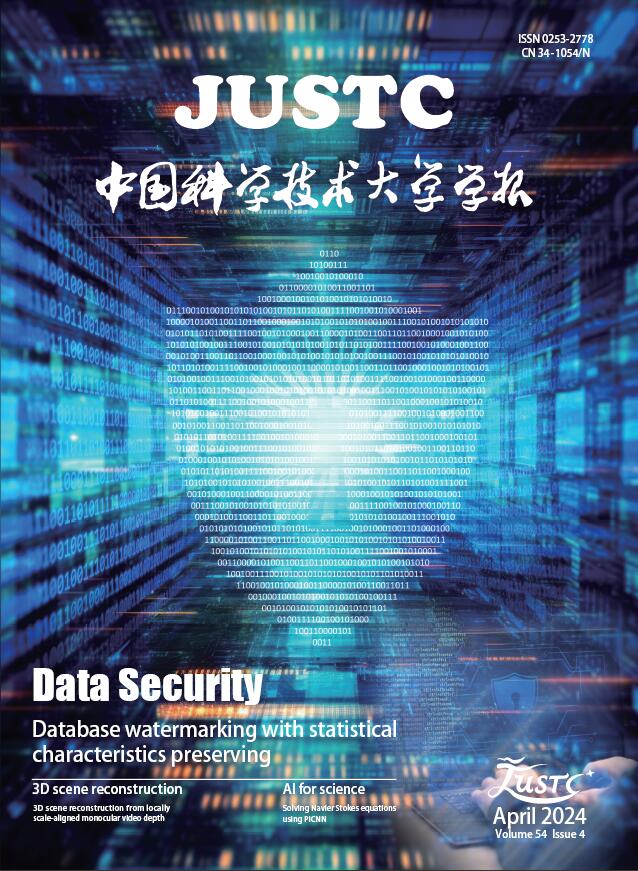2016 Vol. 46, No. 5
Display Method:
2016, 46(5): 347-357.
doi: 10.3969/j.issn.0253-2778.2016.05.001
Abstract:
2016, 46(5): 358-368.
doi: 10.3969/j.issn.0253-2778.2016.05.002
Abstract:
2016, 46(5): 383-391.
doi: 10.3969/j.issn.0253-2778.2016.05.005
Abstract:
2016, 46(5): 392-397.
doi: 10.3969/j.issn.0253-2778.2016.05.006
Abstract:
2016, 46(5): 398-406.
doi: 10.3969/j.issn.0253-2778.2016.05.007
Abstract:
2016, 46(5): 407-415.
doi: 10.3969/j.issn.0253-2778.2016.05.008
Abstract:
2016, 46(5): 416-423.
doi: 10.3969/j.issn.0253-2778.2016.05.009
Abstract:
2016, 46(5): 431-438.
doi: 10.3969/j.issn.0253-2778.2016.05.011
Abstract:





